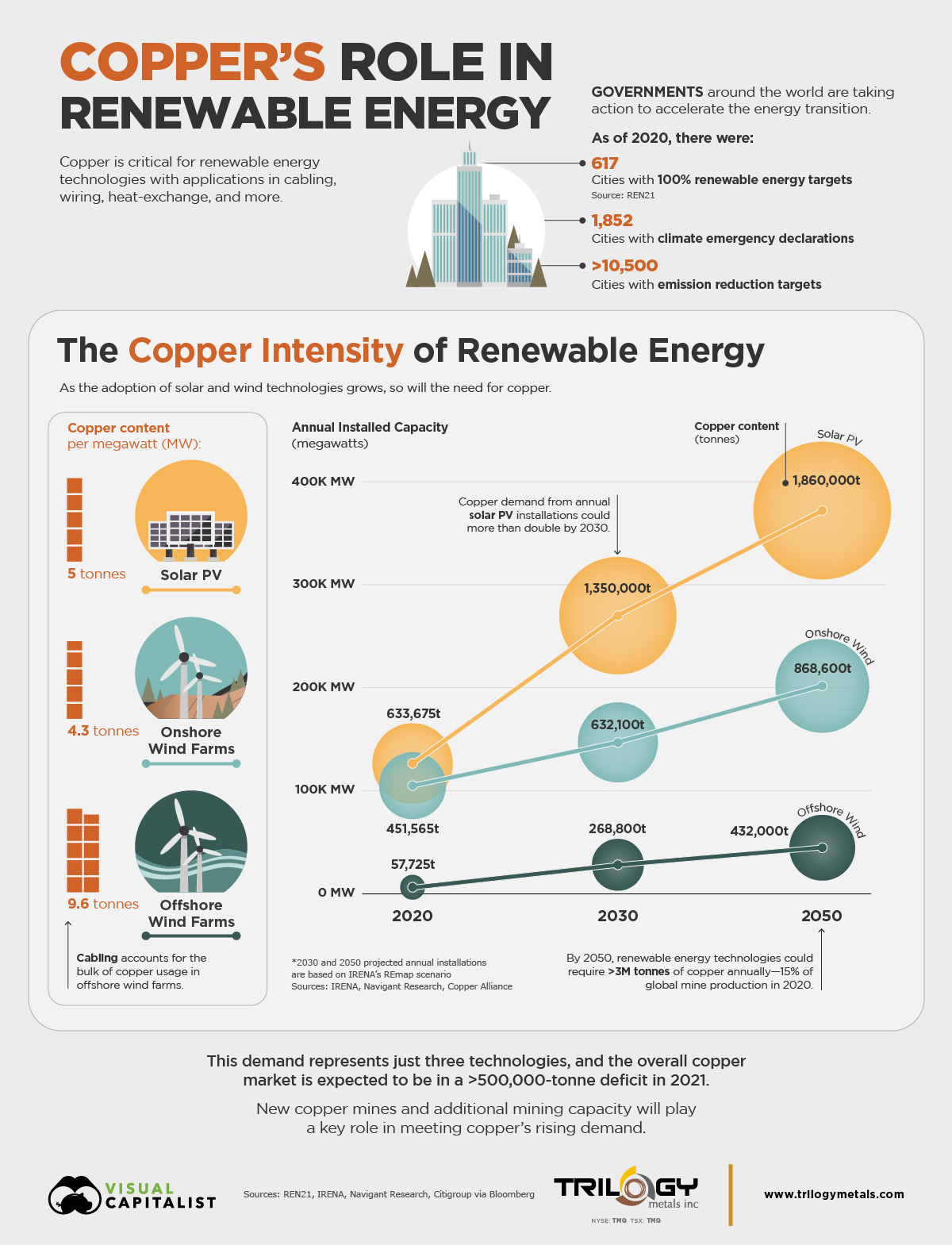As the global push for net carbon zero accelerates in the wake of last year’s UN Global Climate Summit in Glasgow, another leading automaker draws attention to the critical raw materials challenge:
In a recent interview with German paper Die Zeit, Mercedes-Benz Group (previously Daimler AG) Chief Executive Ola Kaellenius warned that EV battery raw material scarcity could throw a serious wrench into the shift towards greater EV adoption, stating that “[t]he industrialization of mines and refinery capacities may not progress as quickly as demand increases.”
The luxury automaker plans to invest more than $47 billion on the development of electric vehicles over the next few years aiming to be ready for an all-electric vehicle market by 2030.
While Kaellenius added that “[s]hould that happen, it would only delay e-mobility, but not prevent it,” the statement should give pause to policy makers and stakeholders. Delay due to raw material shortages could determine which companies and countries thrive in the net zero era, and which struggle to keep pace.
Kaellenius’s statement comes against the backdrop of ever-surging demand for electric vehicles, anecdotally evidenced by recent announcements by Ford that it had to to halt reservations for its forthcoming F-150 Lightning truck after hitting 200,000 pre-orders.
As Ultima Media auto analyst Daniel Harrison recently stated, “[t]here is a serious question as to whether supply can keep up with demand across the battery supply chain.”
Our friends at Benchmark Mineral Intelligence have called the issue “’the great raw material disconnect’ – high investments in cell factories, but missing investments in raw material extraction.”
Followers of ARPN are aware of the mineral intensity of the electric vehicle revolution, and while the supply chain challenge has started to resonate with stakeholders in the U.S., a disconnect remains between acknowledging the issue and committing to a comprehensive “all-of-the-above” approach across the entire value chain, ranging from mining to processing and manufacturing.
As we previously outlined:
“For all of the verbal affirmations of an “all-of-the-above” approach to mineral resource policy on the part of the Biden Administration, the overall plan thus far appears more geared towards “rely[ing] on ally countries to supply the bulk of the metals needed to build electric vehicles and focus[ing] on processing them domestically into battery parts, [as] part of a strategy designed to placate environmentalists.”
The latest manifestation of this challenge became apparent at a November 2021 congressional hearing, during which U.S. Representative Scott Peters (D-Calif.) suggested that rather than onshoring minerals production, the U.S. should try ‘friend-shoring,’ adding that ‘it seems like we should be working with our allies to develop new mines and factories for clean energy technologies in more favorable locations.’
While the ‘friend-shoring’ concept is an important pillar of the ‘all-of-the-above’ concept and highly appealing especially to those policy makers with ‘not in my backyard (NIMBY)’ constituencies, it is insufficient to alleviate our overall problem.”
The challenge becomes even greater, when we realize that “NIMBYism Is Global” – as was the headline for a recent piece by Forbes senior contributor David Blackmon zeroing in on what he called the “grand ironies in the whole energy transition narrative: The same class of left-leaning activists who promote wind and solar and electric vehicles (EVs) as the solution also oppose the mining of the lithium and other critical minerals necessary to make them work.”
A clear example of this is the Serbian government cancelling Rio Tinto’s $2.4 billion lithium mining project in January over sustained NIMBY protests.
Meanwhile, as a Visual Capitalist graphic made perfectly clear – China is not waiting for the rest of the world to catch up and has not just jockeyed for pole position when it comes to mining critical minerals but has also cemented its lead in the processing segment.
While it may be true that the EV revolution may be inevitable, as Mercedes-Benz’s CEO maintains, lofty goals of net carbon neutrality will not be achievable if we don’t embrace a push to secure critical mineral supply chains from “soup to nuts” to borrow a term used by Energy Secretary Jennifer Granholm.
After all, as we’ve noted often at ARPN, the first word in supply chain is… supply.





